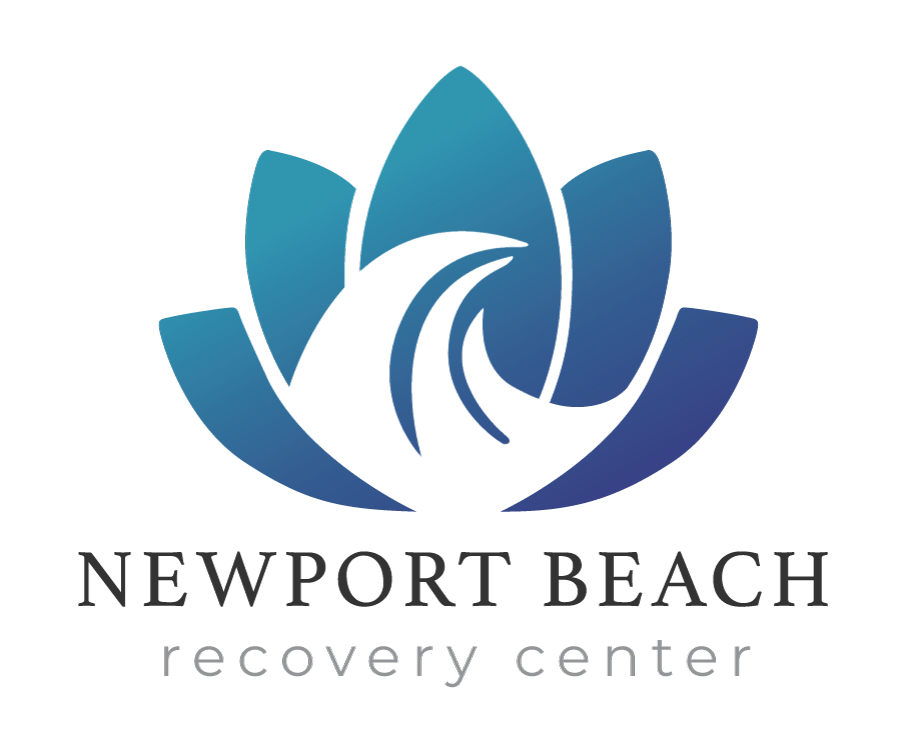Even though it’s not something that anyone finds it to be particularly pleasant, everyone knows that coping with the death of a loved one is a natural part of life. There is no denying that any type of loss is painful, but there is something about the loss of a loved one from addiction that puts things in a different category altogether. Addiction is a deadly disease, it doesn’t discriminate against anyone, it affects men, women, and children and it has destroyed many innocent lives. Unfortunately, losing a loved one to drug abuse is all too common. If you have lost a loved one to substance abuse, it is critical that you learn how to cope with the loss and not allow this devastation to consume your life as well. Here are some ways to cope with the loss of a loved one from addiction.
Get Support
Loss and unresolved grief are burdens that are commonly carried. It’s important to keep yourself in the company of supporting and loving others that you share your feelings and experiences with. It’s easy to fall into the trap of isolation, but it is critical for your own emotional health to increase your contact with family and friends, attend grief meetings and share from your heart. Do not be afraid to open up about what is going on inside your emotions.
Avoid Holding Back
Holding back your emotions doesn’t benefit you or those around you. Pain is inevitable, but you must grieve effectively and in order to do this, it’s essential that you share and release your pain with others. It’s often beneficial to talk with others who have also lost a loved one to addiction, such as groups that are designed specifically for loved ones of men and women who had a substance abuse problem. For instance, Al-Anon groups are typically located in most cities, and they will not only be able to provide you with information regarding addiction but direct you to additional support groups that help with the grieving process.
Grieve in a Healthy Way
It is essential for your emotional as well as physical health that you allow yourself to not only grieve but to grieve in a healthy way. There are many stages of the grieving process, and your health depends on your experience in all stages. Over time the shock and the denial will gradually fade, so focusing on living in the present will help ground you through the denial phase of grief. Another phase is anger and you’re entitled to be angry, so allow yourself to be angry by expressing the anger in healthy ways. It is critical that you remember that you were and are powerless over what has happened. Depression is also a stage of grief that you must get through, but once you have worked through the anger and hurt, it will eliminate the risk for harboring resentments, which creates unnecessary distances between you and your loved ones when you need them the most. Although it’s difficult to see the light at the end of the tunnel-acceptance will eventually come.
Living Your Life Well
One of the best ways to honor your lost loved one is to live your life the way they would want it for you. So, don’t forget to take care of yourself. The grieving process is stressful and overwhelming, but it’s critical that you not lose yourself in the process. Participating in activities you enjoy, such as taking a walk, listening to your favorite music or finishing that book you started is a great way to calm your mind and rejuvenate your emotional and physical strength.
After losing a loved one to substance abuse, it is common for family and friends to blame themselves, to look for ways that they could have helped or try to look for what they may have done wrong. Do not blame yourself or others! Harboring these feelings will prevent you from moving on and prevent you from healthy grieving. It’s important that you are gentle with yourself and give yourself space, time and patience you need to work through the loss.
